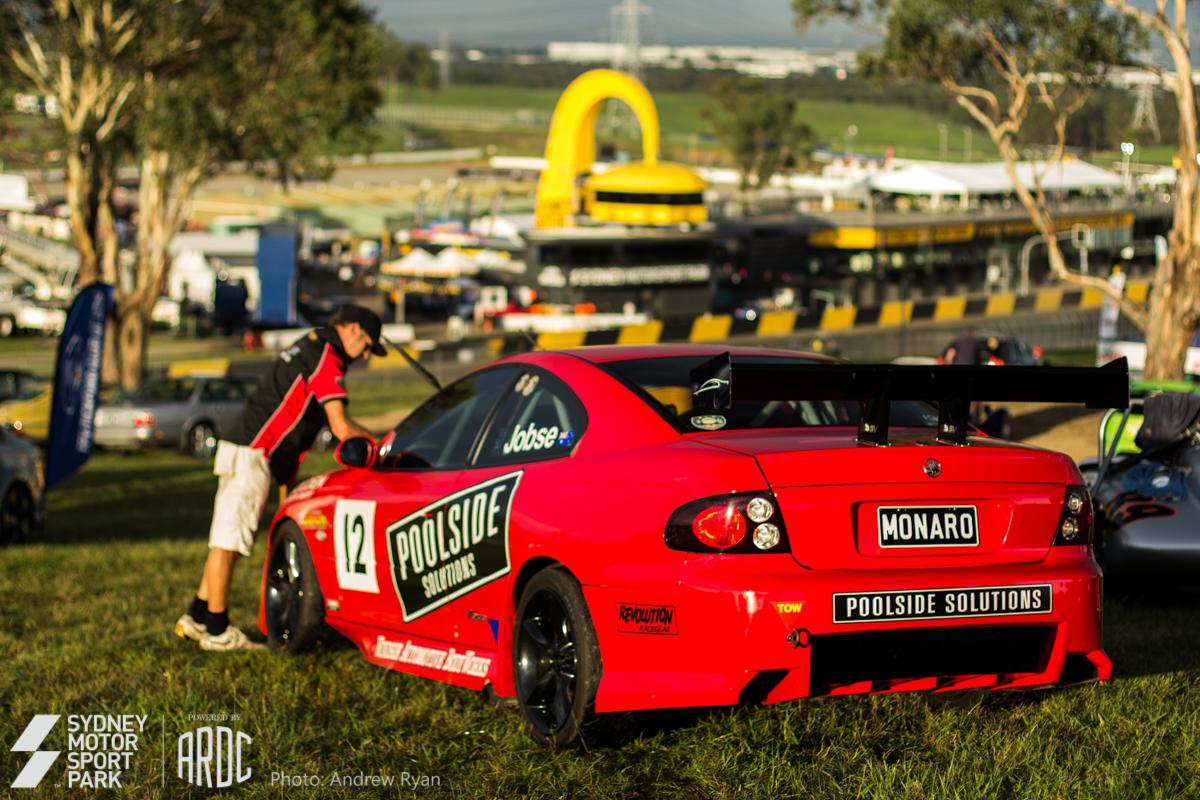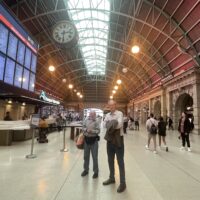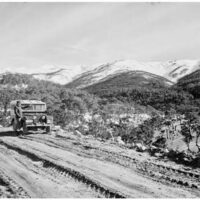Concerns about exacerbating congestion and crowded transport systems in our city with continuing population growth is now a popular issue.
The need for fast trains between major cities and regional areas in Australia has been suggested for a long while, to spread the population away from our capital cities.
It now seems as though it is the politically right time to dust off the proposals – IN the recent Victorian state election one party promised to upgrade all of the rail system including four fast lines and some people and organisations in NSW, which will have a state election in March 2019, have raised the idea for fast trains from Sydney to at least Newcastle and Wollongong.
It is important to note that FAST trains are not the super express trains we see in Japan, China France or Spain.
Professor David Hensher the founding director of the Institute of Transport and Logistics Studies at Sydney University said:
And I think it’s a big challenge that the NSW Government is very interested in, is how can we build a railway between Newcastle and Sydney that takes only one hour and which means traveling at about 150 kilometers an hour. It’s not high speed rail but it does require major upgrade of the existing track which in some cases may mean new alignment. We know the government is interested in that and I think it’s got to be linked back to taking pressure off Sydney.
In an address to the Institute of Transport Engineers in Victoria, John Reid whose company Austraffic collects and compiles transport data, said that considering the impact of new technology is not just about “mechanizing, computerising or robotising what we do at the moment”. Its about what will change and how we can foster new patterns of behavior to produce more livable cities.
Fast trains are not just about reducing the travel times for existing travelers. There about enhancing city and regional areas.
A recent report titled Building Up and Moving Out, from the federal Standing Committee on Infrastructure, Transport and Cities recommended high-speed rail between cities and regions, with the east coast to be given priority and spoke of the London Effect.
Planning expert Bob Meyer has looked closely at Milton Keynes a major UK example and in the podcast speaks about his experiences.
While we might condemn the media for oversimplifying the issues much of our computer modelling of transport fails to take into account how many things will change with new transport including some land-use patterns which was part of the discussion with transport planner Chris Stapleton in our other podcast Computer modelling for transport planning. Beyond technicalities to practical applications.
The usual discussion in the press about these trains is to serve the journey-to-work. But it is important to understand that an improved transport system is not just to turn regional towns into dormitory suburbs of a major capital city.
There will be a significant amount of commuter travelling but it is not just in the typical peak direction of into the major city in the morning and out again in the afternoon.
Planning is not just about setting the rules it’s about consumer choice and what the market will pursue.
Fast trains should not be promoted because with have a romantic vision of railways or that they have worked in the past, they will evolve as part of the solution to our plan for vibrant regional areas.






